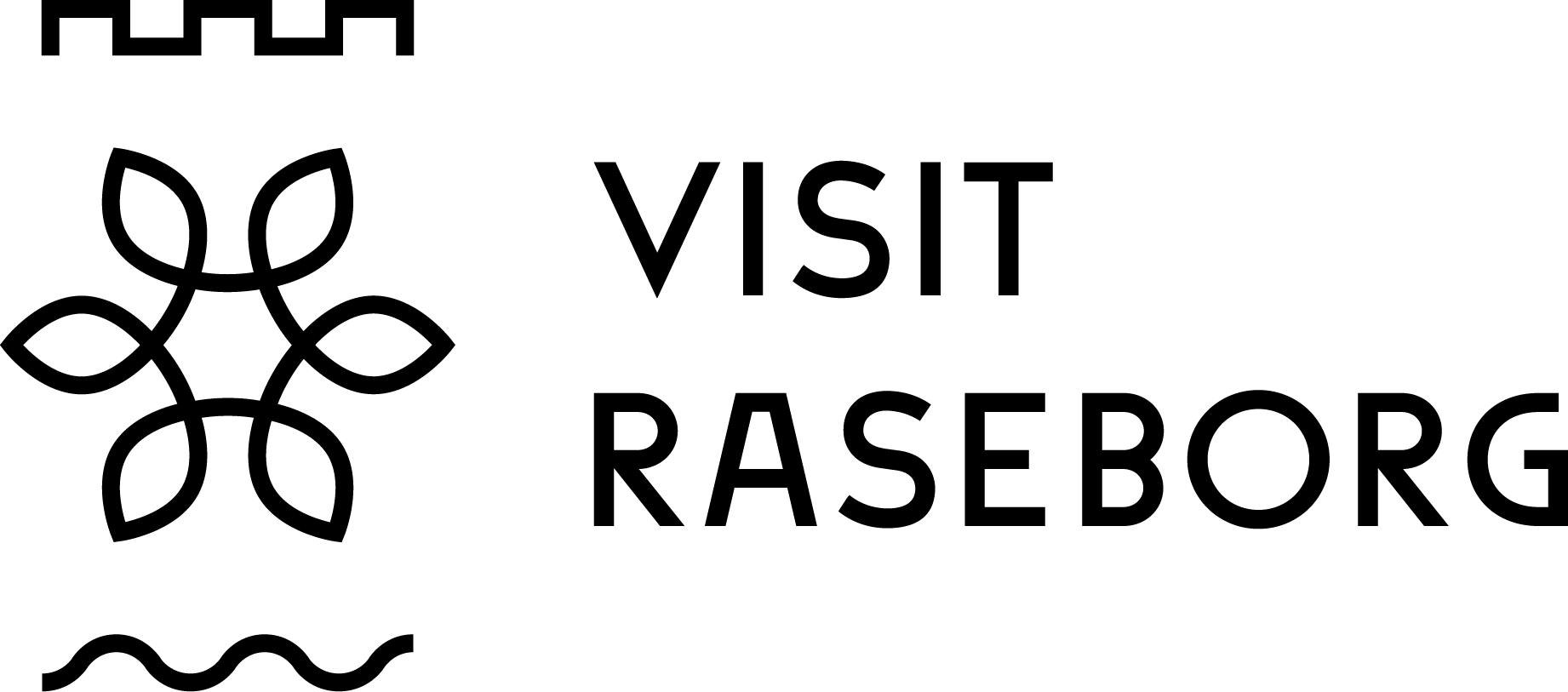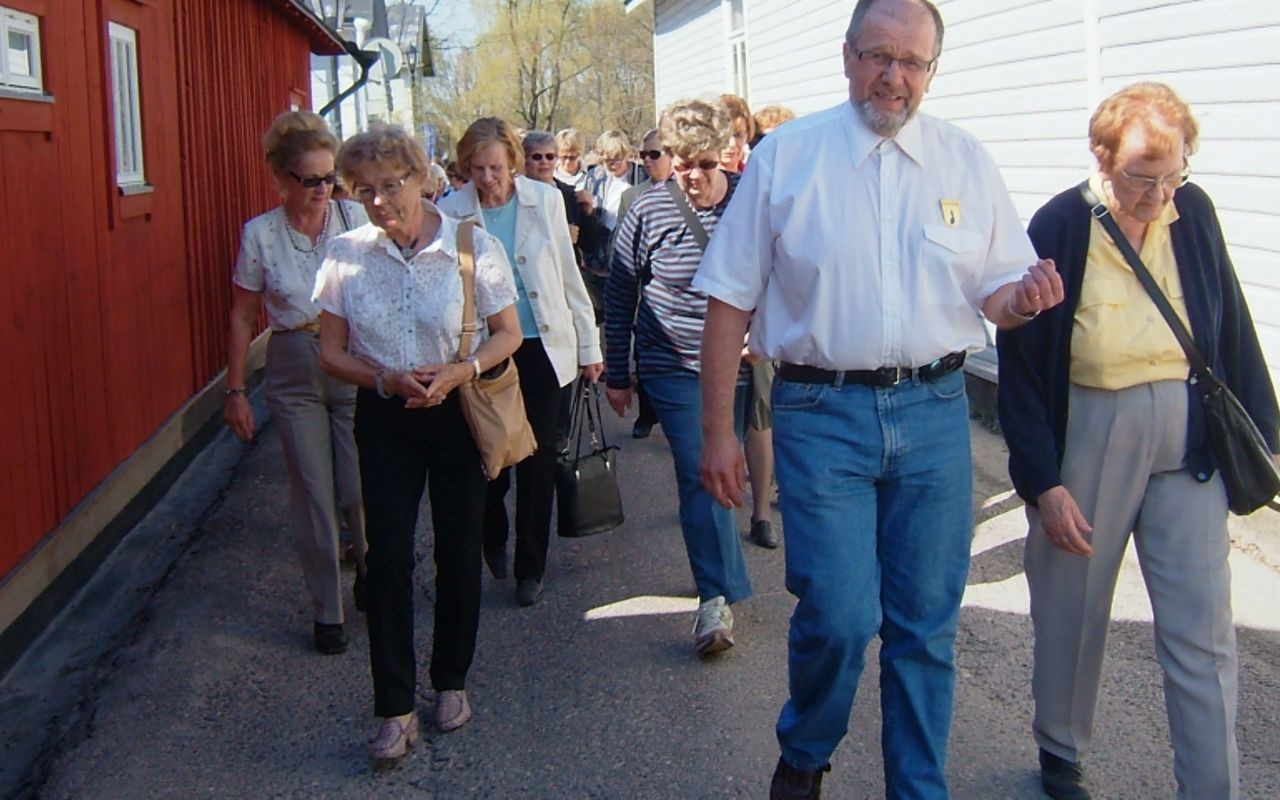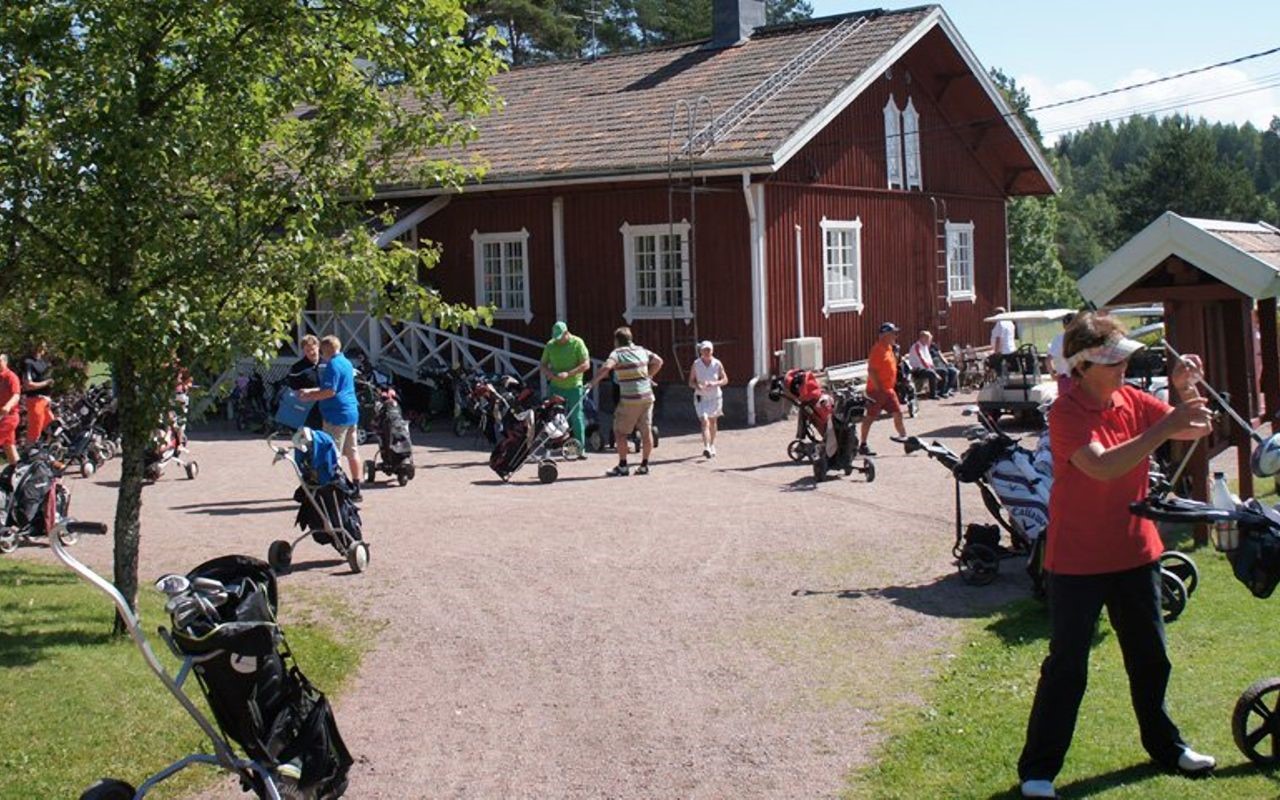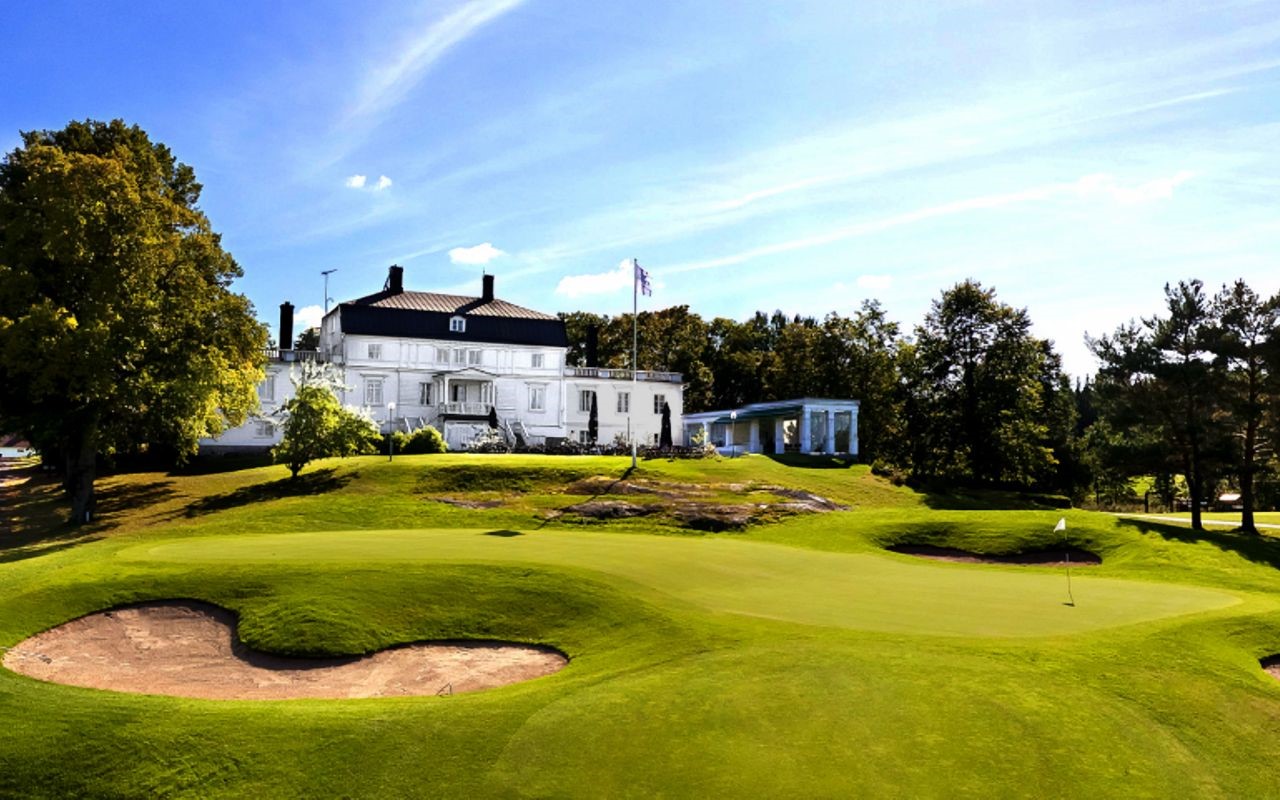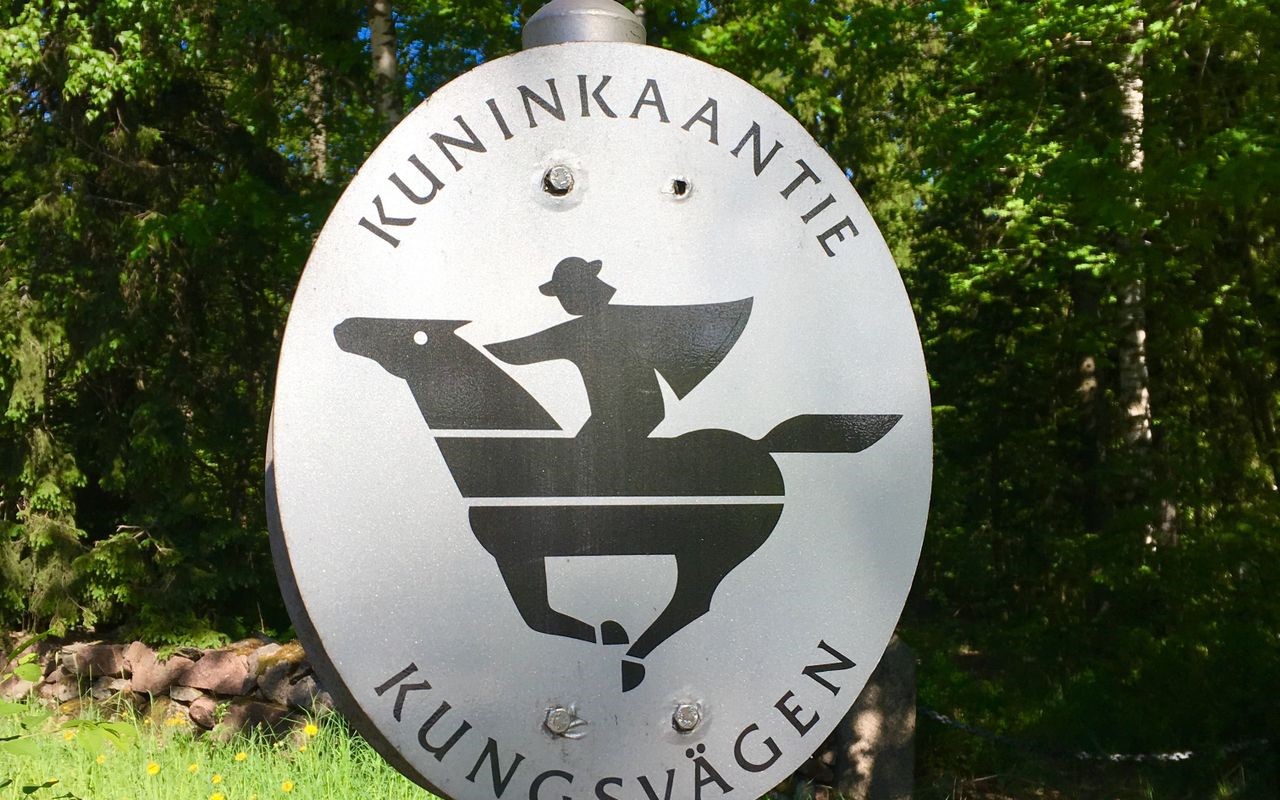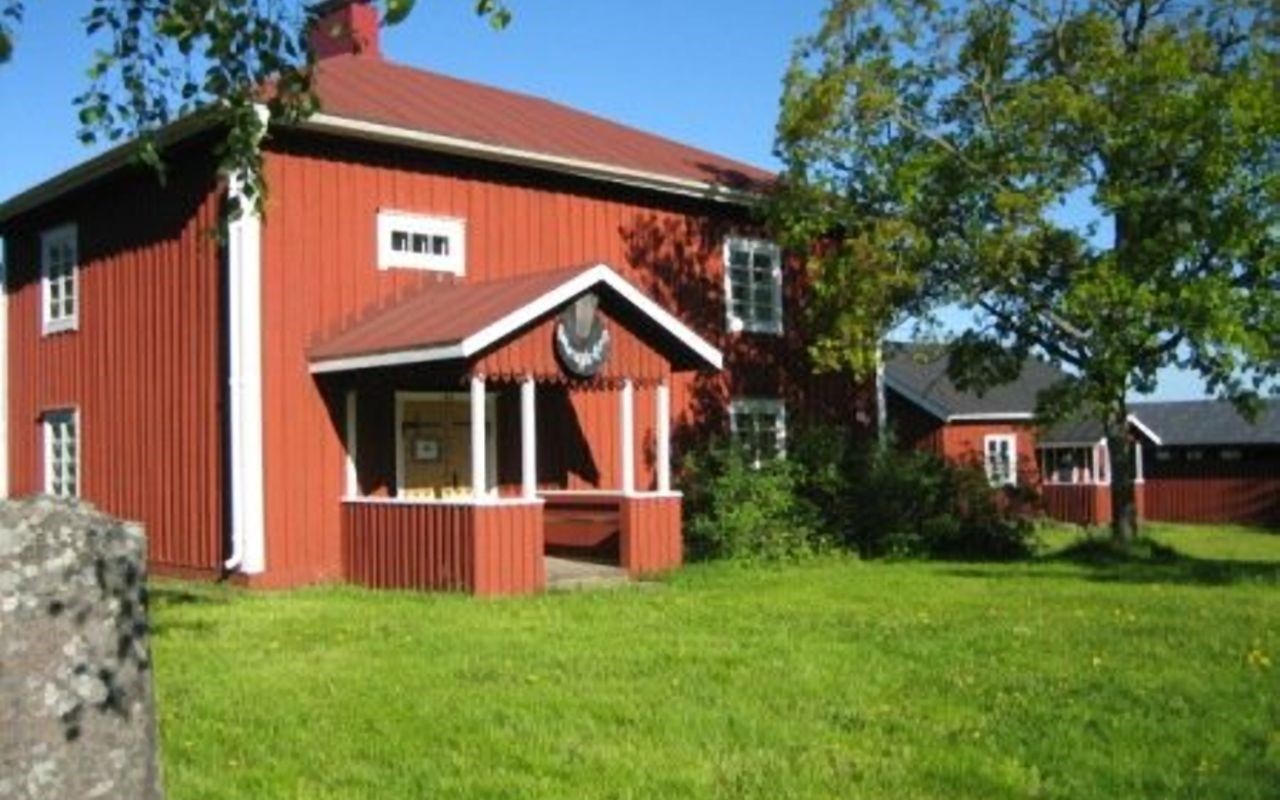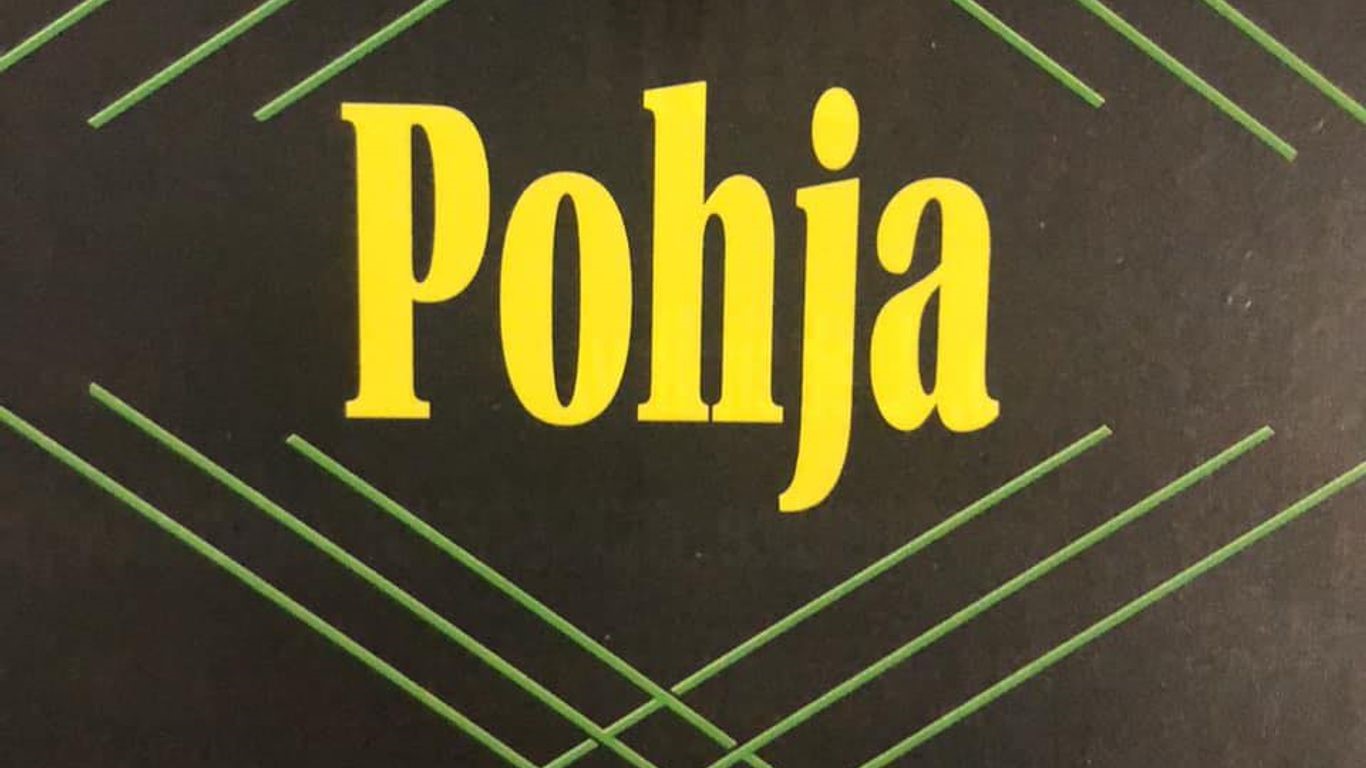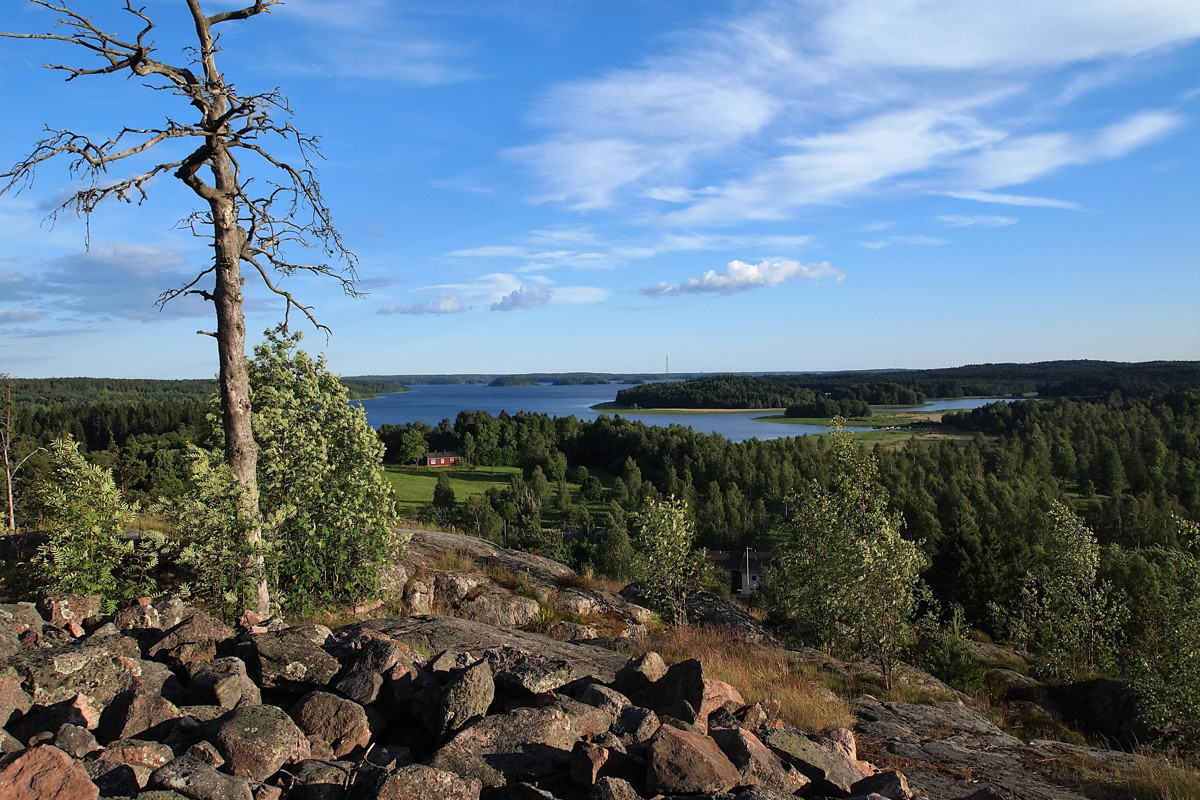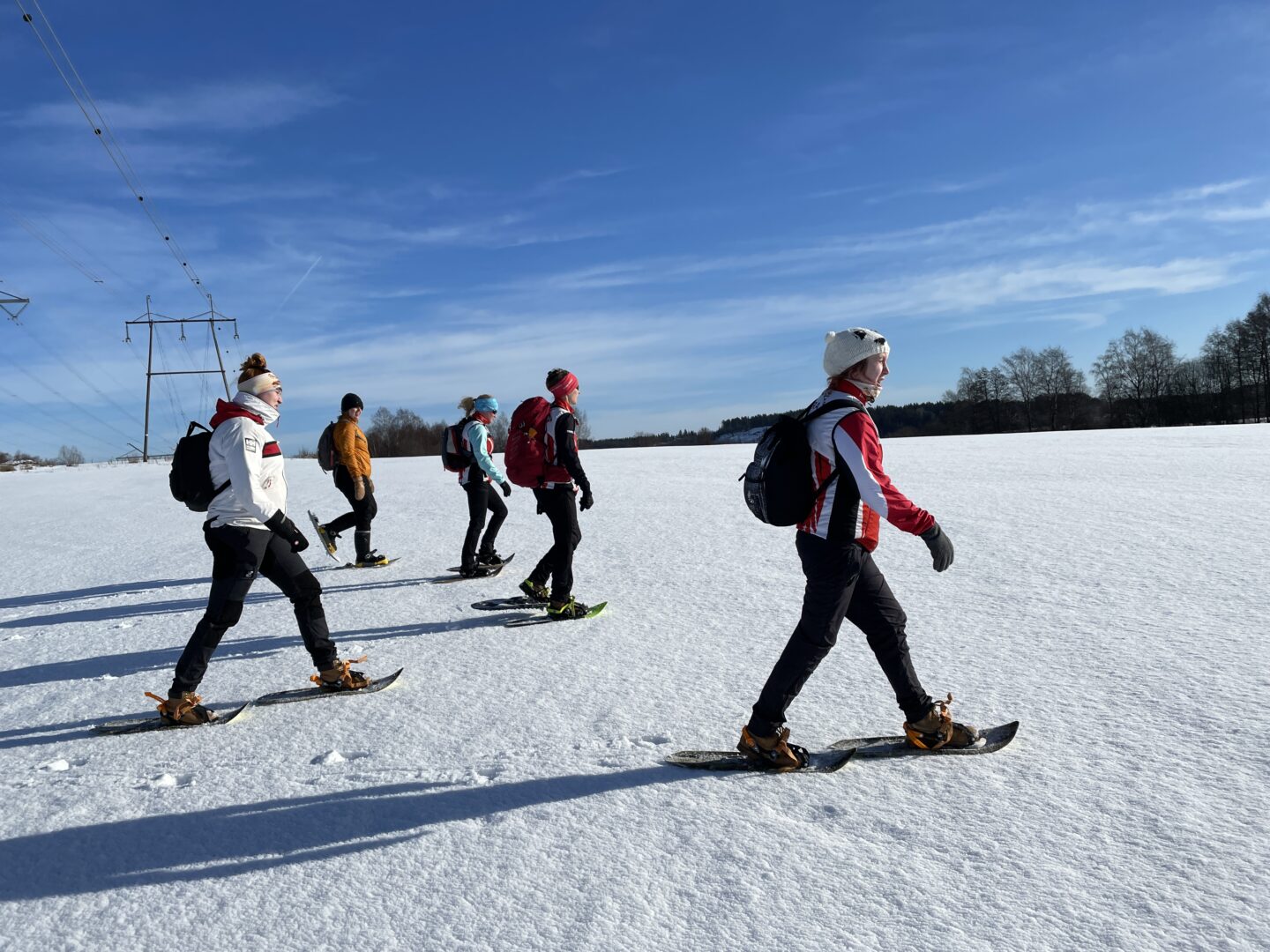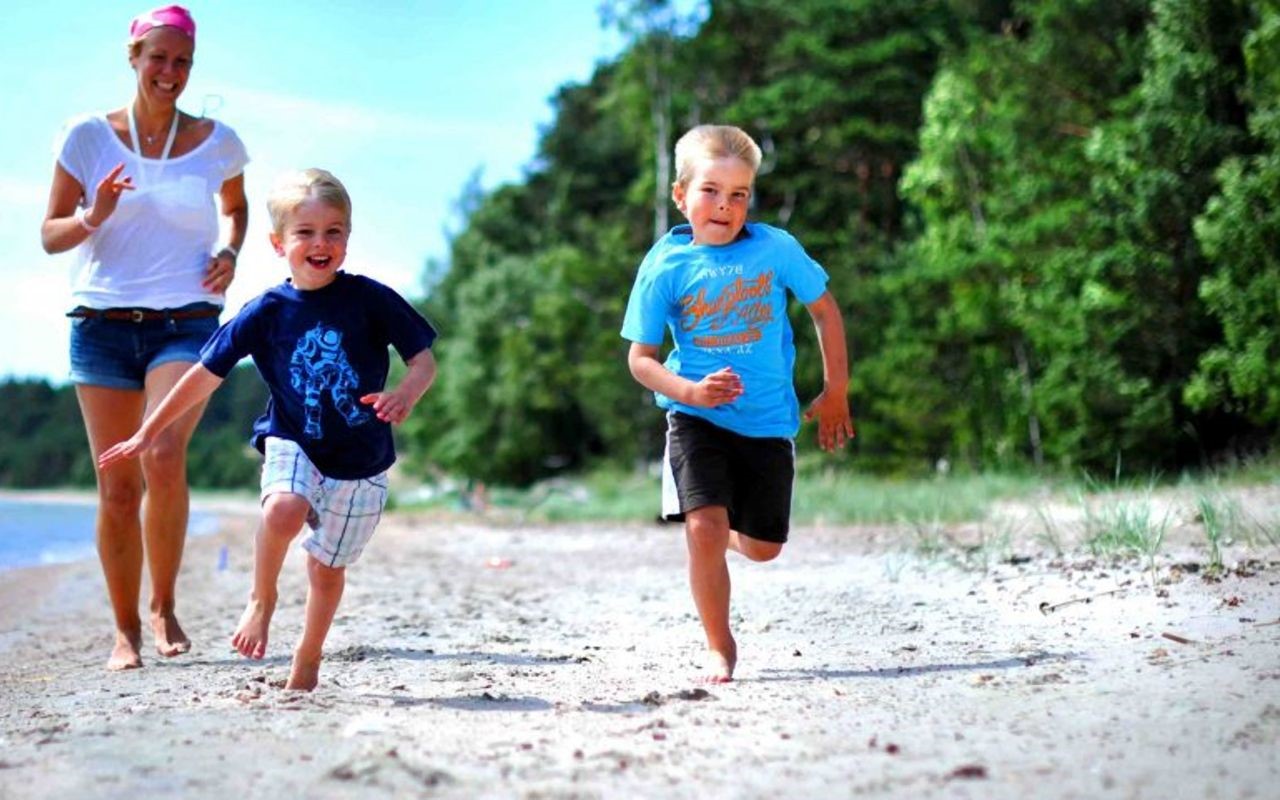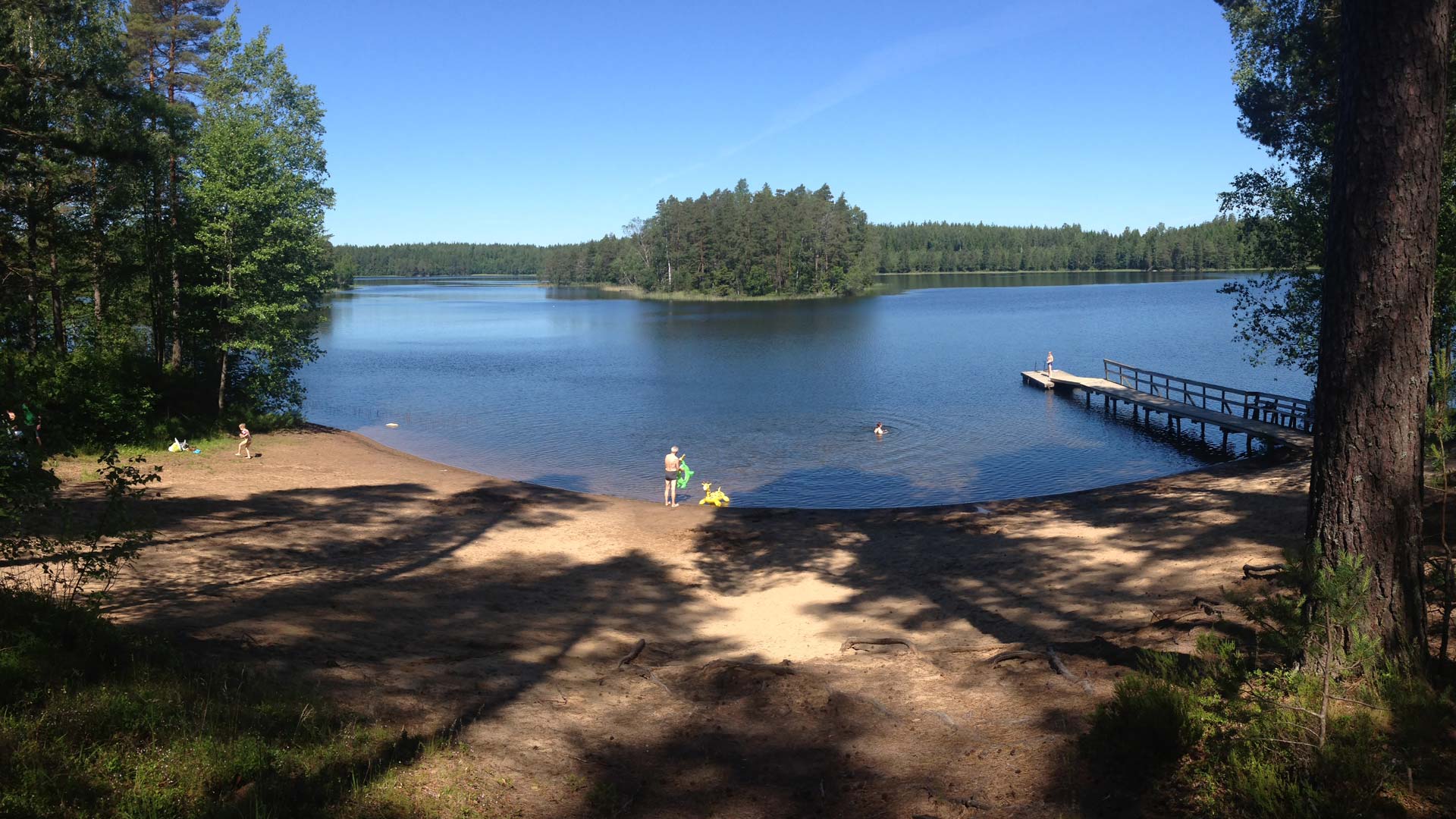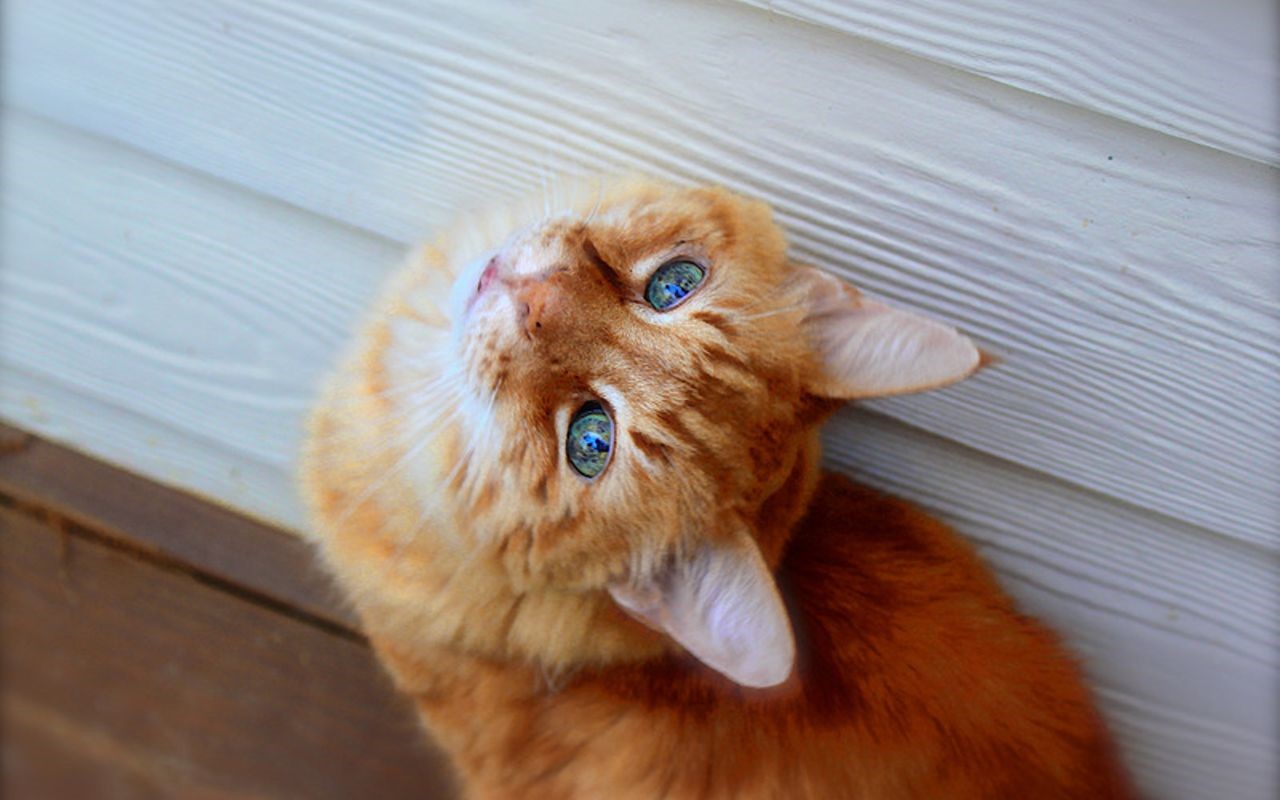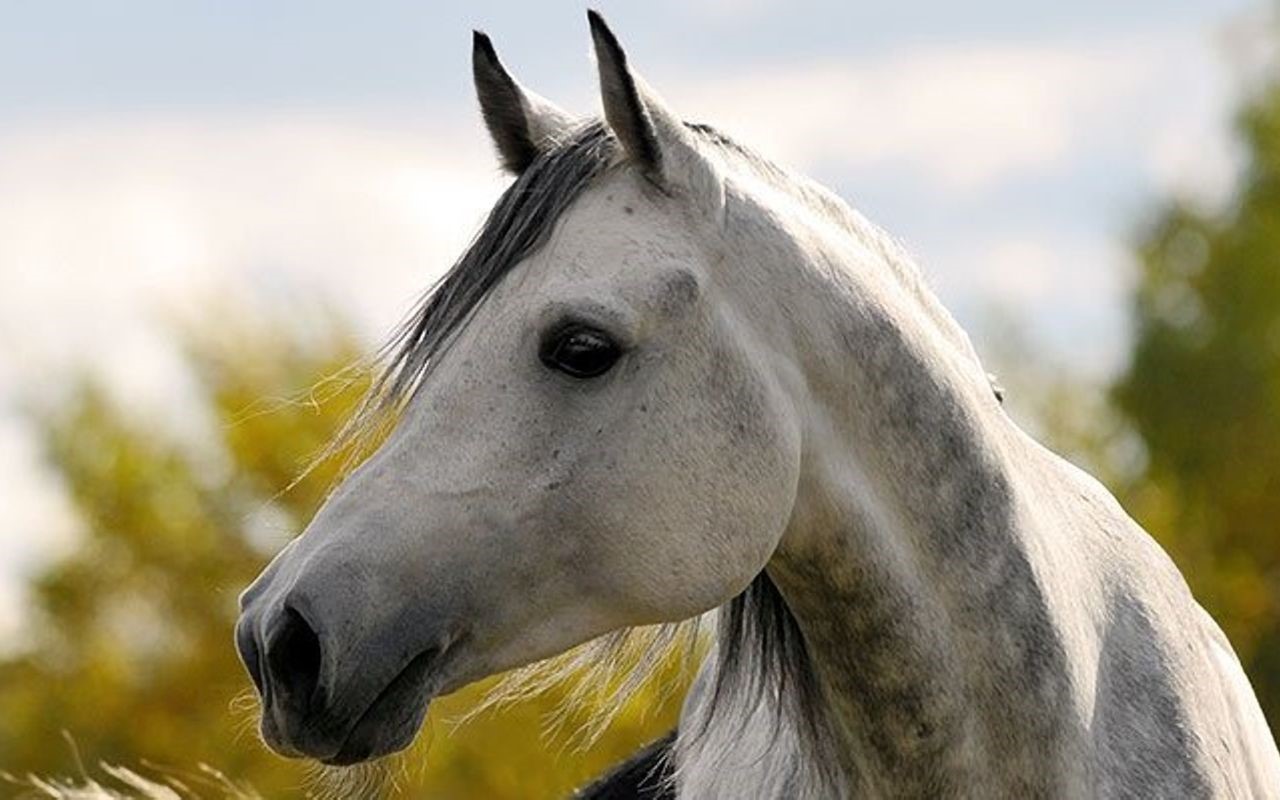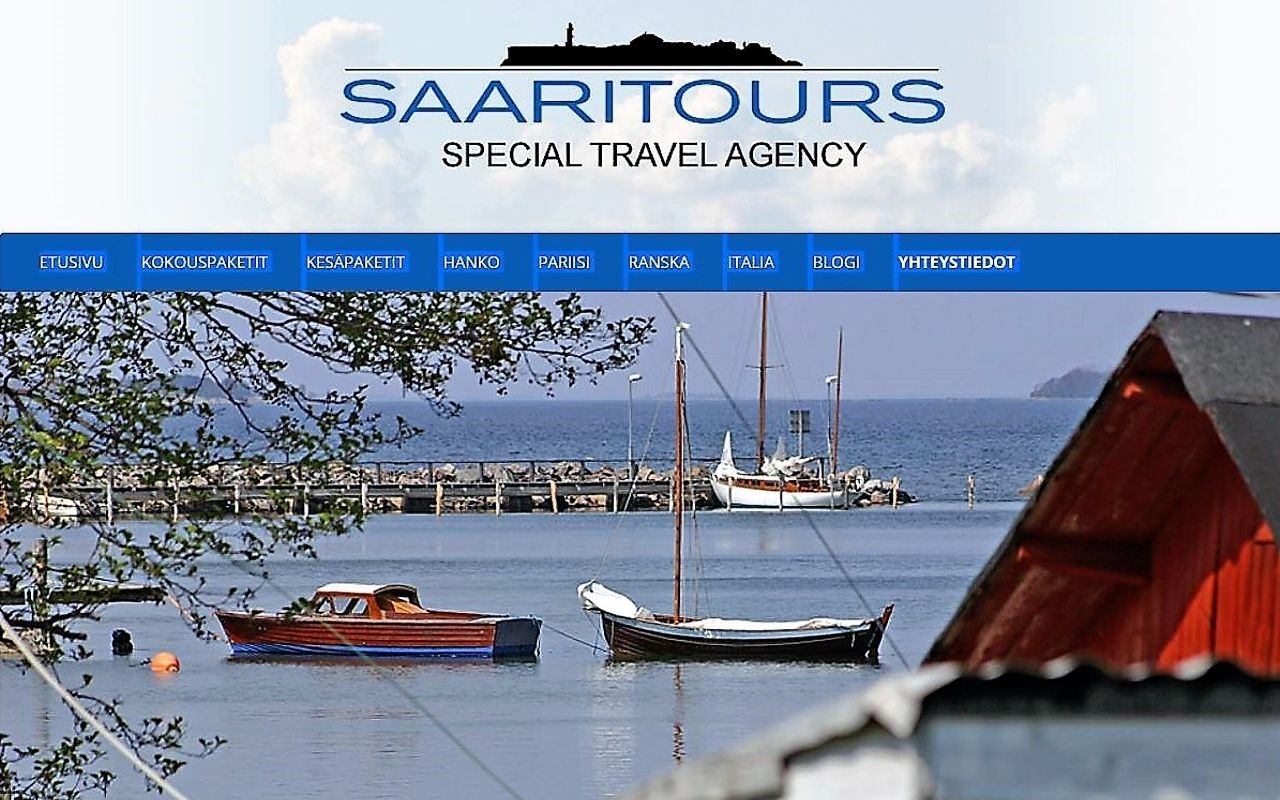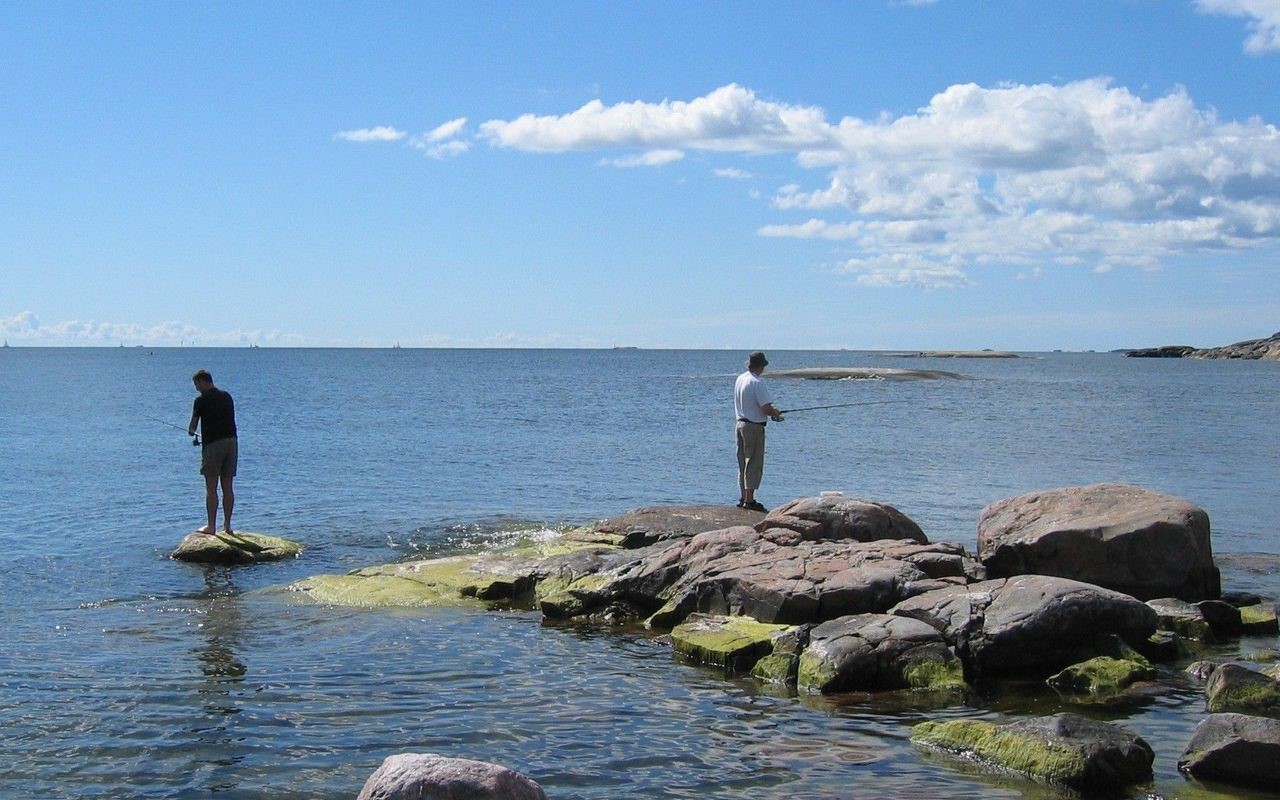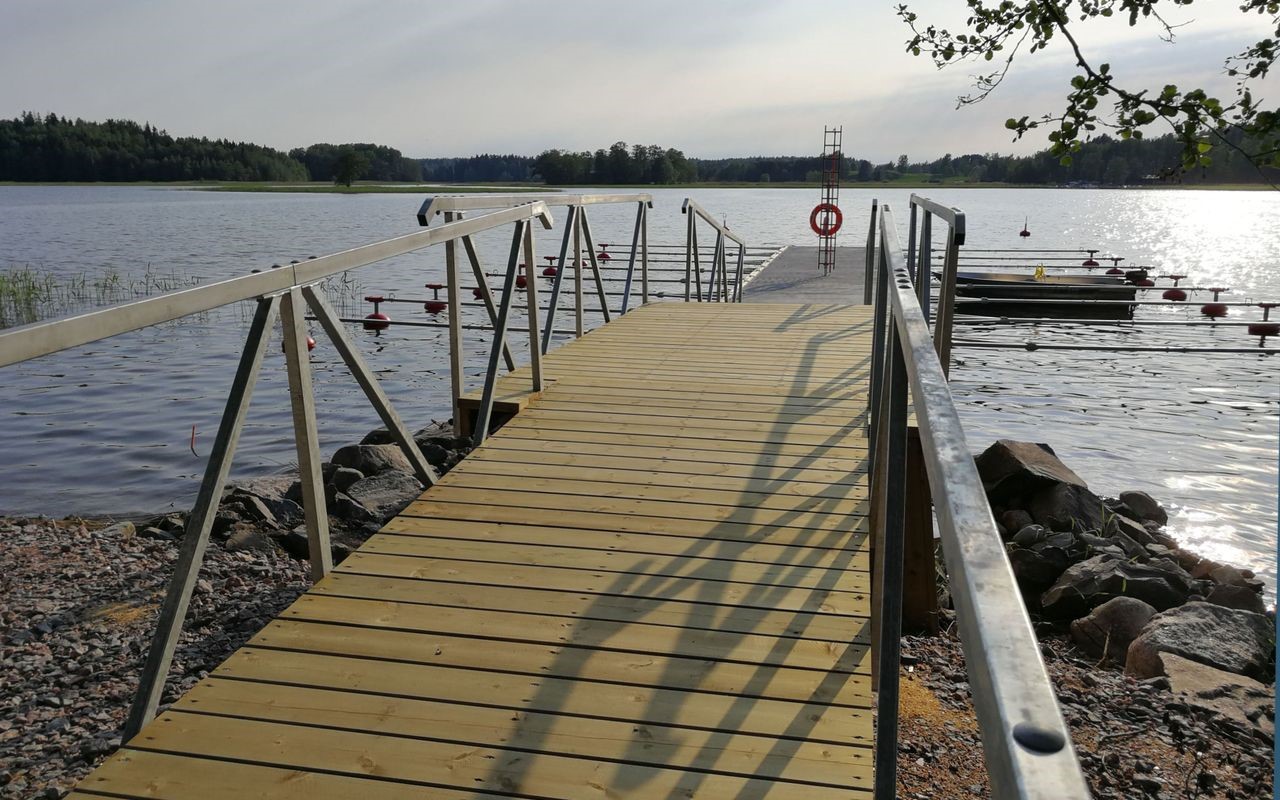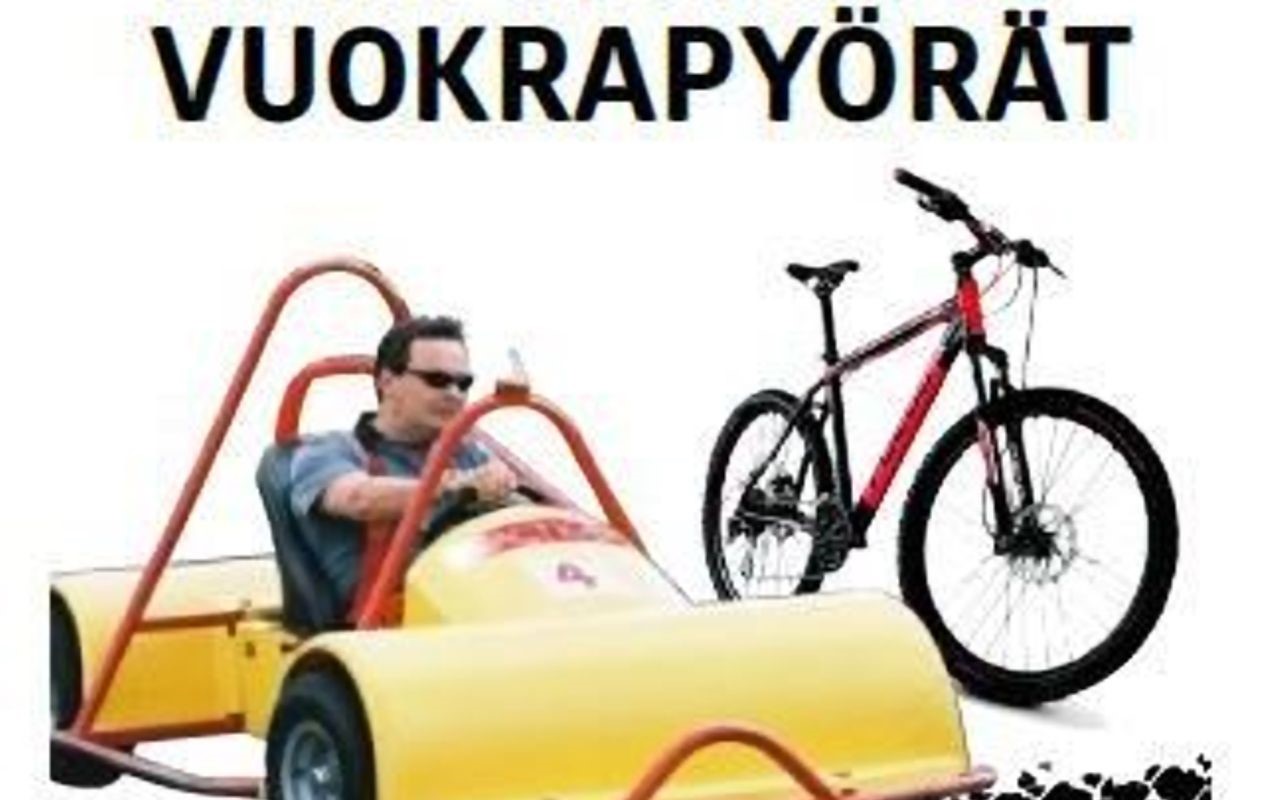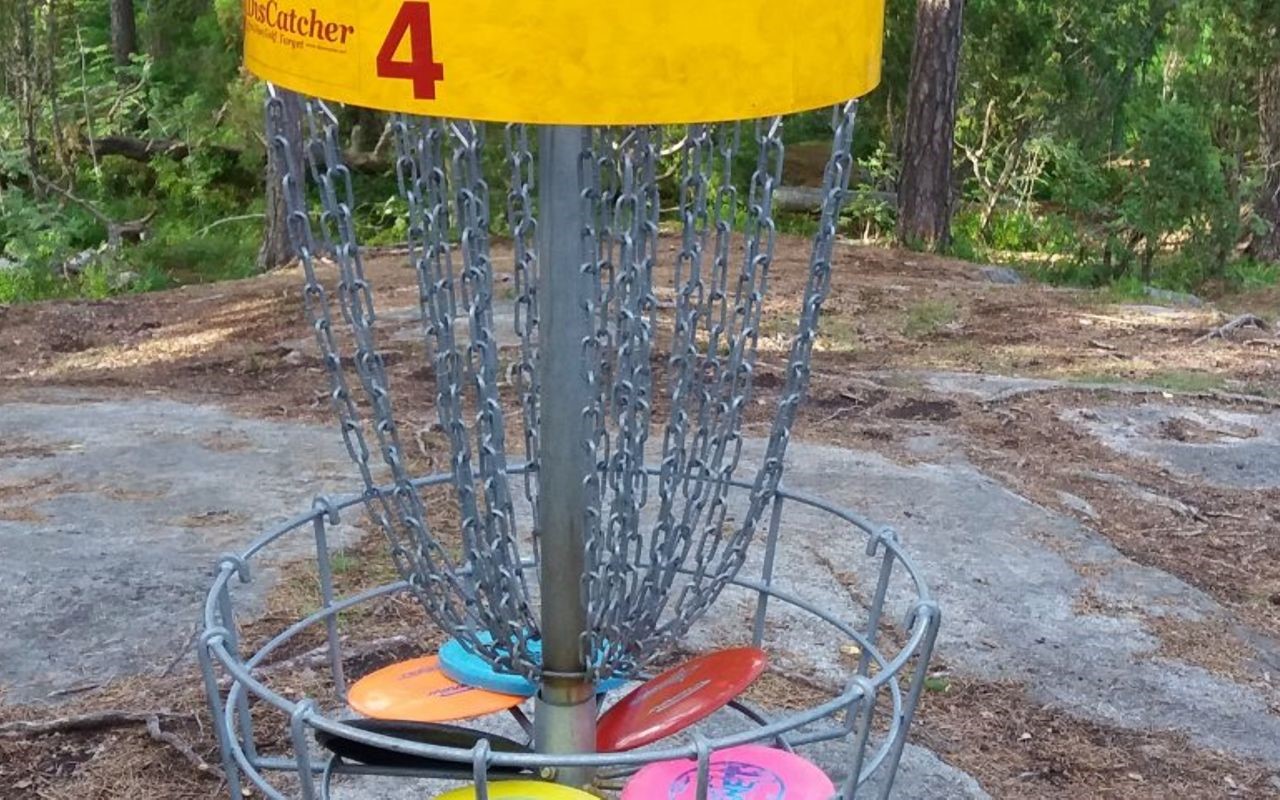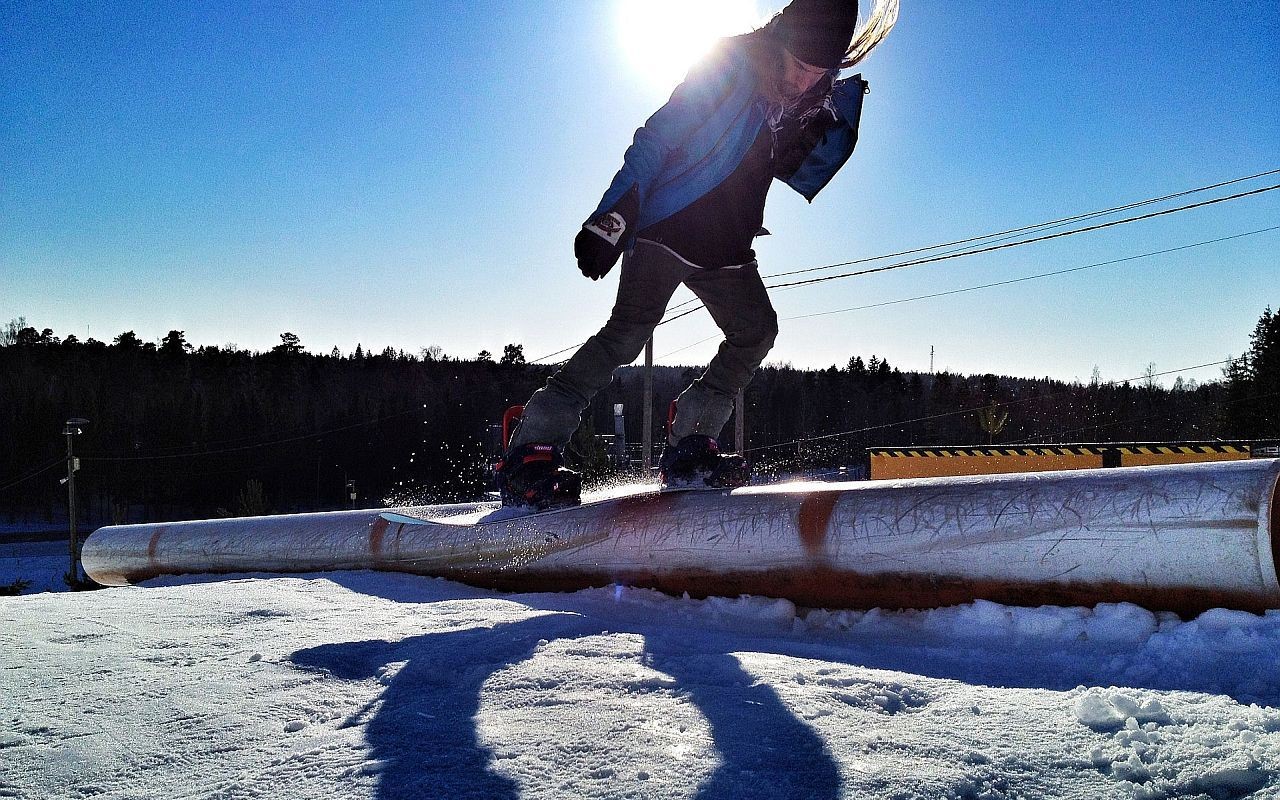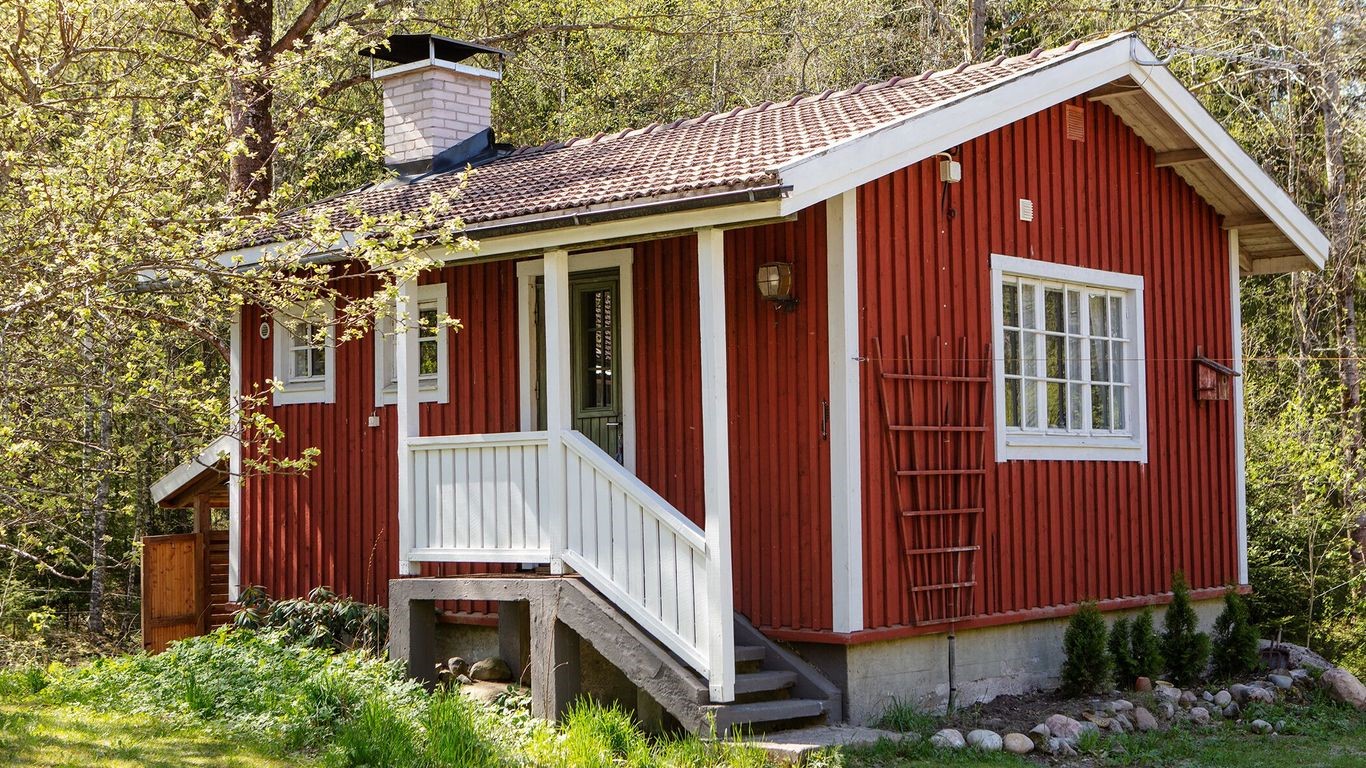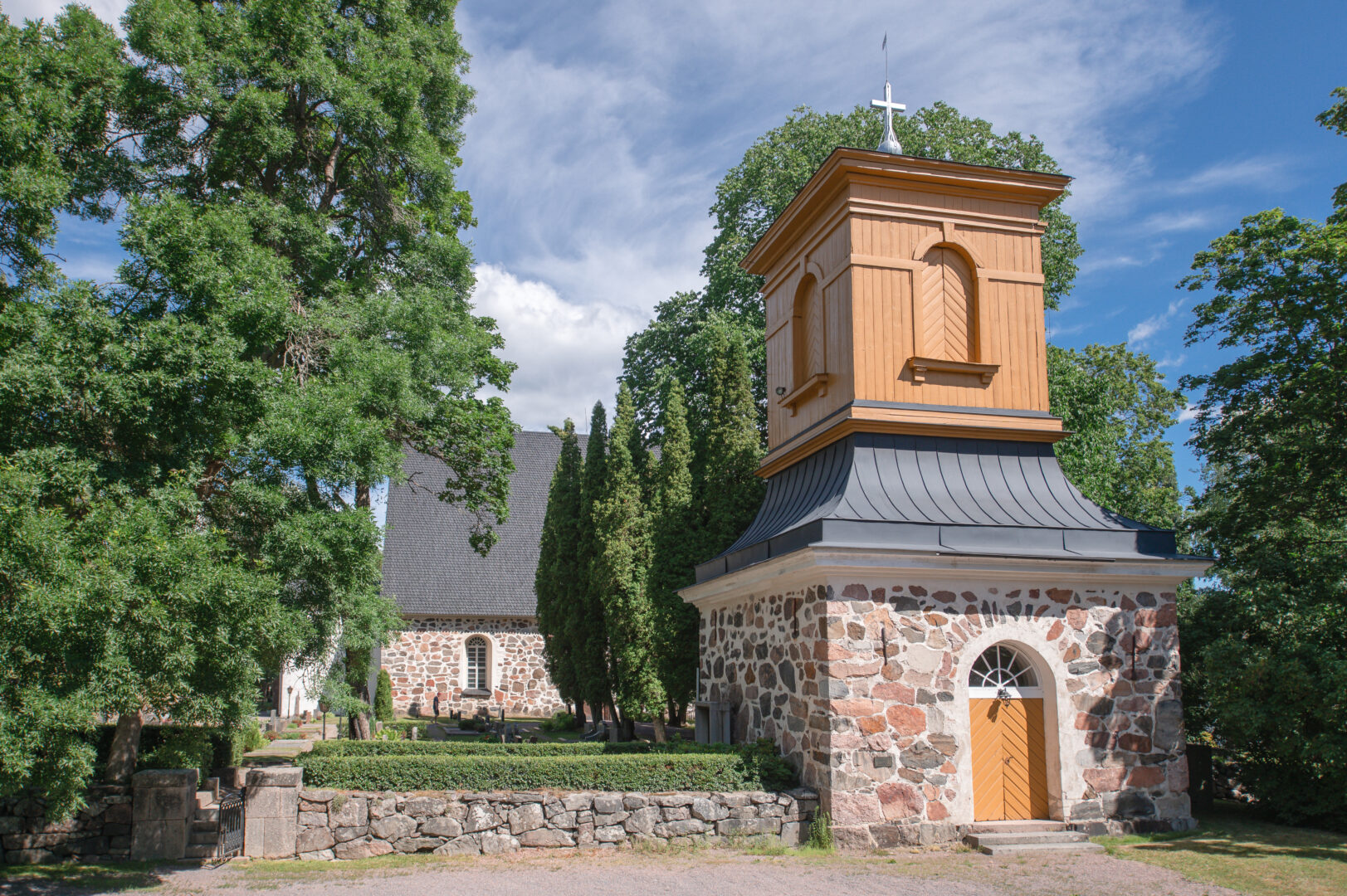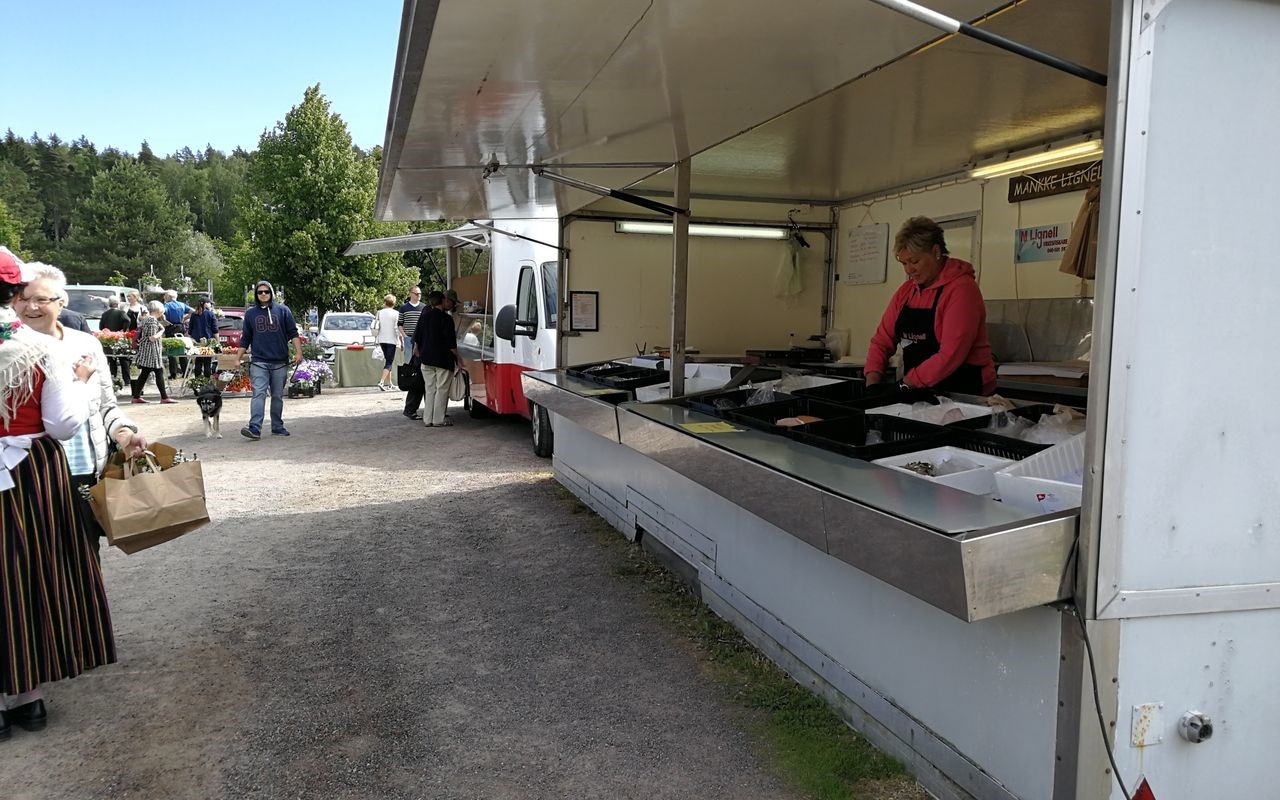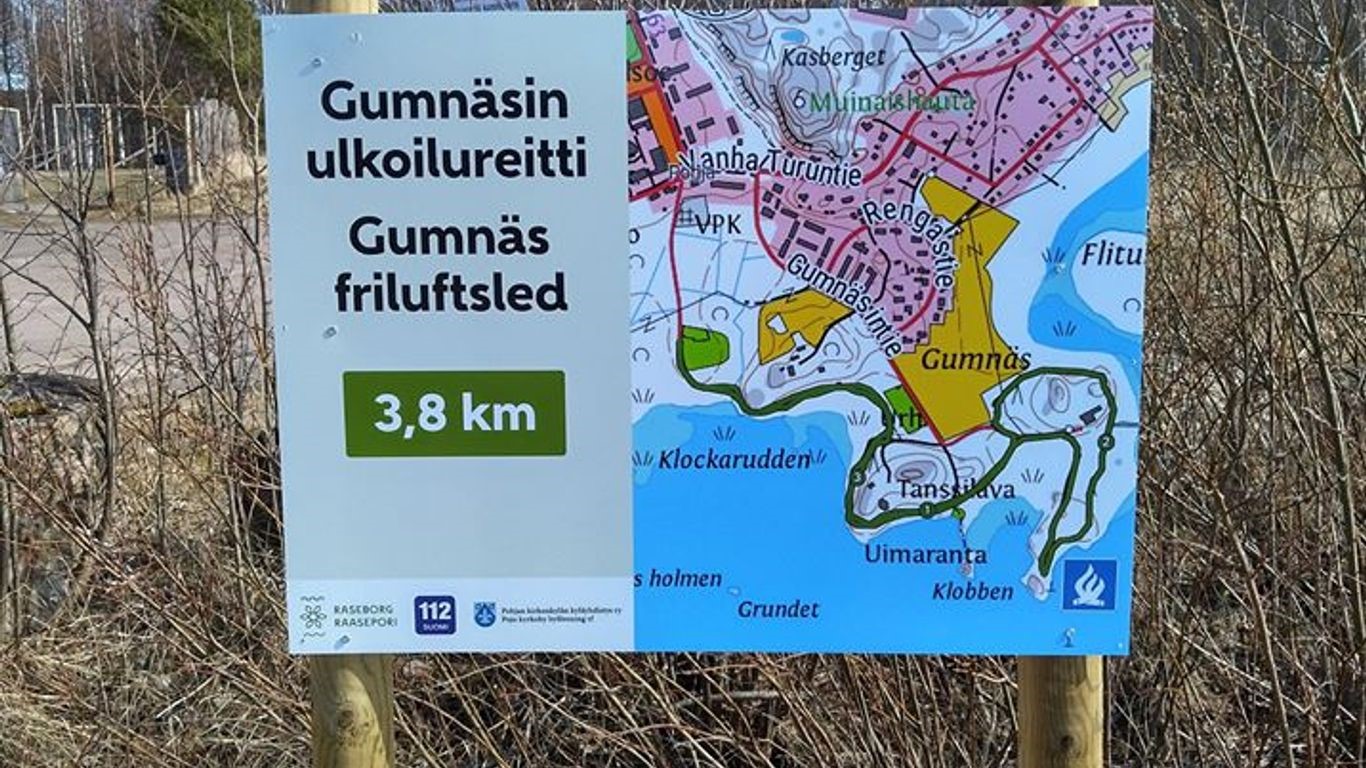Pojo
Pojo (Finnish name Pohja) is a former Finnish municipality and an old church parish which is now part of the city of Raseborg in the Uusimaa province. Pojoviken Bay was a well-known trade route to Central Finland as early as in the Bronze Age and the Viking Age. Today you'll find many historical sights in Pojo as well as outdoor and indoor activities, all year round.
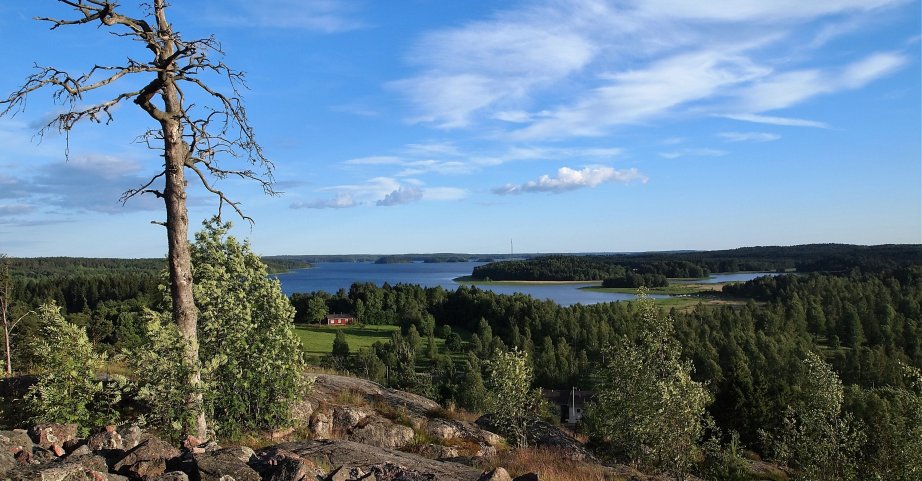
The areas of Gumnäs and Klockarudden were inhabited in the Middle Ages, maybe even before that. The municipality of Pojo was founded in the early 14th century and the history of most large farms in Pojoviken Bay dates back to the 15th century or even earlier. In the parish village of Pojo and its surroundings there’s a lot to see and experience. A medieval church built of stone, Kasberget’s grave from the Bronze Age, the first railway tunnel in Finland constructed for passenger traffic and the agricultural and homestead museum of Gillesgården. A historically well-known travel route goes through Pojo – Kungsvägen (King’s Highway). Its final points are Oslo and St. Petersburg.
The Pojoviken Bay is a 9-mile-long fjord-like inlet, which splits the area of the city of Raseborg from the parish village of Pojo the Gulf of Finland. The bay is a brackish water area and has one of the richest abundance of species in Finland.
The mild climate and the rather unbuilt shores result in a versatile and rich flora and fauna, which include a lot of rare and endangered species. Many migratory birds arrive in Finland via Pojoviken Bay. In 2015 a marina for visiting boats was built in Gumnäs. Now people can come to the parish village of Pojo also by boat.
From the beginning of 2009 the municipality of Pojo and the cities of Karis and Ekenäs were united into a new city, Raseborg. At the time of this consolidation there were 4 935 inhabitants in the municipality of Pojo. It was a bilingual commune with 59 per cent of the population speaking Finnish and 37 per cent Swedish.
The birth site of the Finnish ironworks
Pojo is one of the birth sites of the Finnish metal industry. The municipality of Pojo had forests, water power and the possibility to get ore. This opened the doors for foundries in Antskog (1630), Billnäs (1641) and Fiskars (1649). The popular ironworks villages are still easy to visit nearby: Fiskars lies 3 miles away (5 kilometres), Billnäs 5 miles (8 km) and Antskog 8 miles (13 km) away.
Pojo’s harbor, Skuru, was also important for the local industries. The ore needed for iron production was transported to all the ironworks mostly from Sweden, and therefore Pojo bay was an important traffic center. Earlier the transportations were made through the bay, rivers and lakes that formed a useful waterway, but when the transportations got larger, a railway was built to connect Fiskars ironworks and Pojo harbor. The railway, called Pässinrata, was actively used for 60 years, from the year 1981. In addition to industrial products the train transported occassionally people, for example Marshal Mannerheim and the governor-general Bobrikov. After the train was shut down, the route was transformed into a recreational path. The ancient tunnels used on this time, are still up in the Pojo harbor, well-preserved and unused.

Historical sights worth a visit
Pojo Church
This medieval stone church is dedicated to Virgin Mary. It is situated in an old market and sacrificial site and was built approximately 1475-1480.
Skarpkulla Museum
The museum is owned and governed by the Regional History Society of Pojo and includes a residence from the 18th century, an agricultural hall, a granary, farm labourer’s house, and a hall for vehicles and carriages. There are more than 3 200 items in the museum’s collection.
There is also a unique collection of mopeds from the 40-70s and a new permanent exhibition “With full speed – The Moped’s way through the 60s Pojo.
Kasberget’s grave from the Bronze Age
The grave is quite spectacular and well-preserved, 16-19 meters in diameter and about 1,7 meters in height. From there, it’s a wonderful view to the church and the bay.
Activites
Påminne
In Påminne you can do downhill skiing at winter and when the snow has melted you can drive downhill racing cars. It’s also possible to rent bikes.
Golf
There are two nice and well-kept golf pitches in Pojo: Nordcenter and Ruukkigolf.
Disc golf
Play disc golf in Gumnäs, where two courses can be found: 18 throwing courses and Gumnäs Mini with 6 courses.
Article photo: Marica Mannström
Tourist Guides of Raseborg
Get more out of your visit by hiring one of our professional guides!
Nordcenter Golf & Country Club
Versatile leisure center where you can enjoy golf, padel and tennis.
Historical King’s Road
Guided tour along the King’s Road, where Swedish kings & Russian tsars traveled
Skarpkulla Museum
Different exhibitions primarily telling the story of agriculture and its development
Municipal Jour
The municipal jour for small animals is managed by Sjundeå Veterinärer in Tenala
Veterinary for horses, Tiina Eklund
Specialist veterinarian in horse diseases. Stable visits in Raseborg and Hanko
Fishing License in Raseborg
Information about fishing permits and to fish with gear in Raseborg’s waters
Gumnäs Guest Jetty
The key to the pier must be collected from the Town Hall, 019 289 2523/019 289 2470.
Downhill Racing Cars and Bikes in Påminne
Ride down a 420-meter slope using gravity and return uphill with the ski lift
Brobäck Accommodation
Two separate cottages for an affordable stay surrounded by unique nature
Gumnäs Nature Path
4 km trail that stretches along Gumnäs event site, beach, and Klobben peninsula

